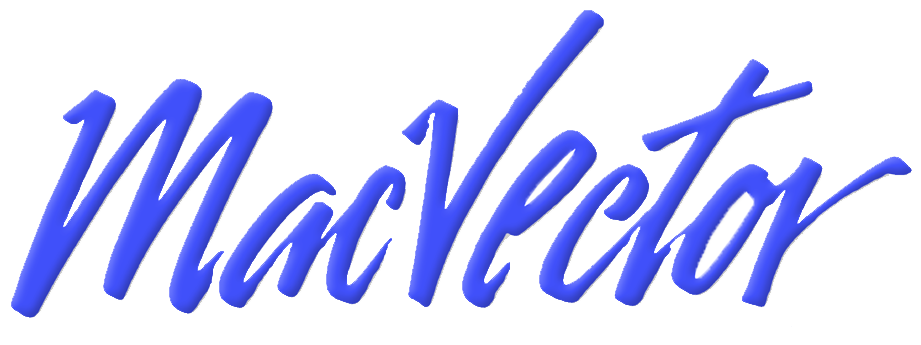-
How to identify methylation blocked Restriction Sites
Read more: How to identify methylation blocked Restriction SitesMacVector currently does not have a built-in function for recognizing restriction sites that are blocked by the DAM or DCM methylases. However, there is a simple workaround that lets you visually identify those sites in the restriction enzyme analysis result windows. The basic idea is that you create additional restriction enzyme sites for each enzyme…
-
Downloading BLAST Hits from the NCBI
Read more: Downloading BLAST Hits from the NCBIWhen you use MacVector to run a BLAST search, did you know that you can download any matching sequences directly from the BLAST Description List window? Simply select text on any part of the line(s) representing the sequence you want to download and choose Database | Retrieve To Desktop or Database | Retrieve To Disk…
-
Creating cloning construction flowcharts in third party applications
Read more: Creating cloning construction flowcharts in third party applicationsWe’ve previously discussed how every ligation is documented. You get a “Frag” annotation that contains the date, source sequence, enzymes used and any end modification that was done to that fragment during the ligation. However, we had regular requests to make it easier for user to document their constructs in other ways. For example being…
-
Clearing the “find” history in the Primer and Find dialogs.
Read more: Clearing the “find” history in the Primer and Find dialogs.Many tools in MacVector store a history of sequences, or search terms, that you have previously used. For example the Find dialog and Primer Design tools. This is accessed using a drop down menu to the right of the box where you would normally type, or paste, your sequence. This is to allow easy access…
-
Simulated Agarose Gels
Read more: Simulated Agarose GelsMacVector 14.5 has a Agarose Gel interface which allows you to view photo-realistic recreations of restriction digests of linear and circular DNA molecules. The gels look so realistic that users have had a hard time telling photos of their own digests from the simulation in MacVector. When you first use the new tool and compare…
-
MacVector 14.5 is out!
Read more: MacVector 14.5 is out!We are pleased to announce that MacVector 14.5 was released at the end of 2015. To upgrade to this version if you are running OS X 10.7 or later then just go to MACVECTOR > CHECK FOR UPDATES… to allow MacVector to automatically upgrade. If you are running OS X 10.6 then you will need…
-
-
Cloning Clipboard: A few tips on working with digested fragments
Read more: Cloning Clipboard: A few tips on working with digested fragmentsThe Cloning Clipboard is an easy, and flexible, way to design and document your cloning strategies. Recently we discussed how every ligation in a cloning procedure is documented and stored in a sequence, so you always know how a construct was made. If you need to manipulate a fragment as a sequence, before ligating it,…
-
101 things you (maybe) didn’t know about MacVector: #48 – Setting the Alignment match/mismatch characters
Read more: 101 things you (maybe) didn’t know about MacVector: #48 – Setting the Alignment match/mismatch charactersThere are many output windows throughout MacVector that display aligned sequences. If you run an Align To Folder, Create Dotplot or Internet Blast Search, one or more of the output windows will show alignments in a plain text format with some sort of character indicating matching residues. The default is to use the vertical |…
-
How Assembler uses quality scores to create assemblies
Read more: How Assembler uses quality scores to create assembliesA common problem with all types of sequence assembly is distinguishing between sequencing errors and true genomic variations. Quality scores are one way to help the algorithm identify if a variation is of high quality and therefore likely to be a SNP or a sequencing error. For Assembler trace files can be basecalled with Phred,…
